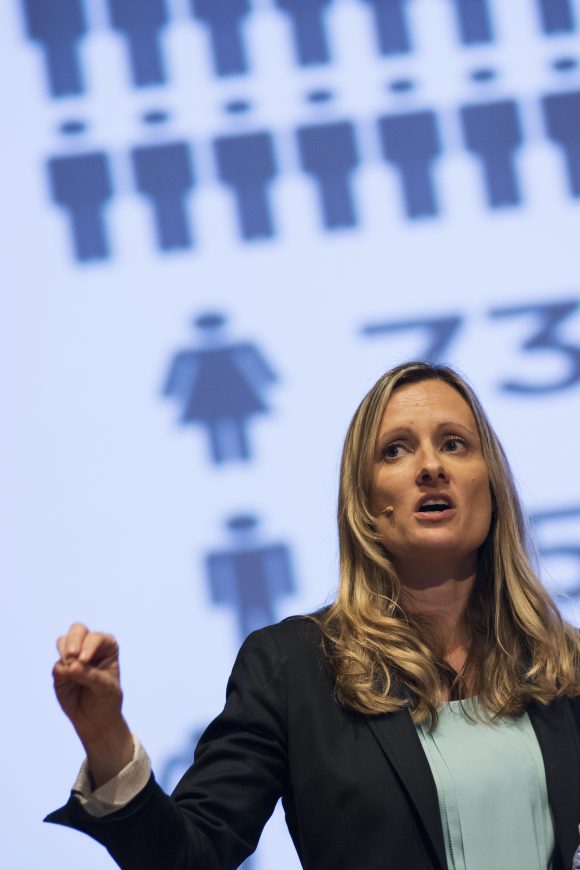During their recent DisAbility Summit at Chapman University, researchers from Chapman’s Thompson Policy Institute (TPI) for Disability and Autism put forth some new numbers that are getting people talking.

The autism community is famously polarized due to ongoing claims and theories about what exactly causes autism and what’s behind the current dramatic increase in autism diagnoses (environmental or human- caused factors, better or worse methods of diagnosing, etc.) Now families, educators, health workers and others have a new set of data to ponder. In California, autism diagnoses have jumped from 2 percent to 12.5 percent of children in special education since 2000. And in Orange County, the rise is even more steep – from 2.5 percent to almost 19 percent.
The Chapman experts attribute the sharp increase to what they call “diagnostic migration.” They say it can be statistically explained by the fact that children who receive an autism diagnosis today would still have been eligible for special education in
earlier years but within a different category, called Specific Learning Disabilities (SLD). This is a category assigned to children who don’t have an intellectual impairment but who perform below expectations academically. Autism diagnoses have clearly increased
while SLD eligibility has decreased corre- spondingly, the experts say. They also argue that almost all new cases of “Other Health Impaired” – a category that includes ADHD and whose numbers have grown almost as fast as autism – can be attributed to the same factor.
“All children and youth in California special education are assigned to a primary category – a label, if you will,” said Don Cardinal, Ph.D., lead investigator for the Thompson Policy Institute. “While the total special education enrollment across all categories has remained constant when considering general population growth, the number of children in some categories has decreased, and

others, such as autism, have increased. Only one category – Specific Learning Disabilities – has substantially decreased, by 64,842 kids since 2000. But two categories have substantially increased during that time: autism has increased by 76,755 – over six times the number in 2000; and Other Health Impaired has increased by 55,603 kids, more than four times the number of 15 years ago. We believe it’s accurate to say that the increase in Other Health Impaired is actually an increase in ADHD.
“When we tested these data in a mathematical model, we found that the diagnostic migration (movement within disability categories) strongly explains the alarming increase in the autism rate among children in California, and likely the nation,” Cardinal told the hundreds of educators, health professionals, parents and policy-makers at the DisAbility Summit. “Due to California’s demographics, large size and the extremely large size of the TPI sample – some 700,000 children per year – we believe these results are compelling enough to be tested on data from other states, toward being able to generalize the findings nationally.”
The policy implications from this study, say Cardinal and TPI co-investigator Amy-Jane Griffiths, Ph.D., are wide-ranging.
“In schools, if we properly align our policies and procedures to this new information, children will reap the rewards of a more specific and personalized education plan,” Griffiths said. “In the adult life of those identified with autism, understanding what policies need to be developed or changed to create better supports for young and mature adults is an immediate need – and TPI’s initial work on Autism in the Workplace is a starting place.”





Still trying to con the world about increases due to the new DSM